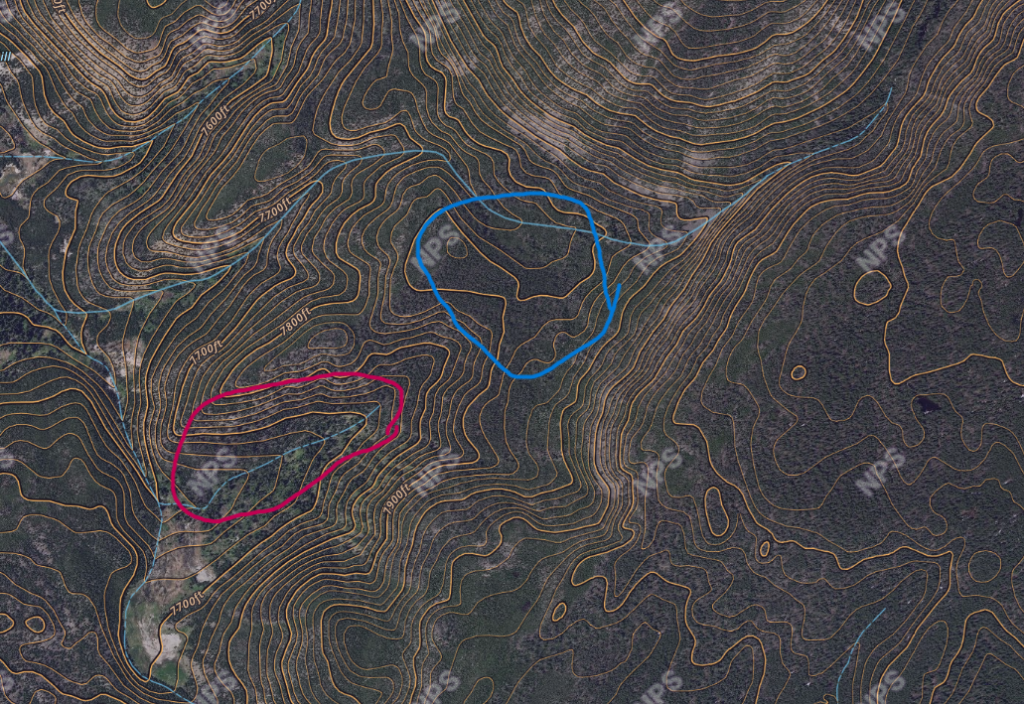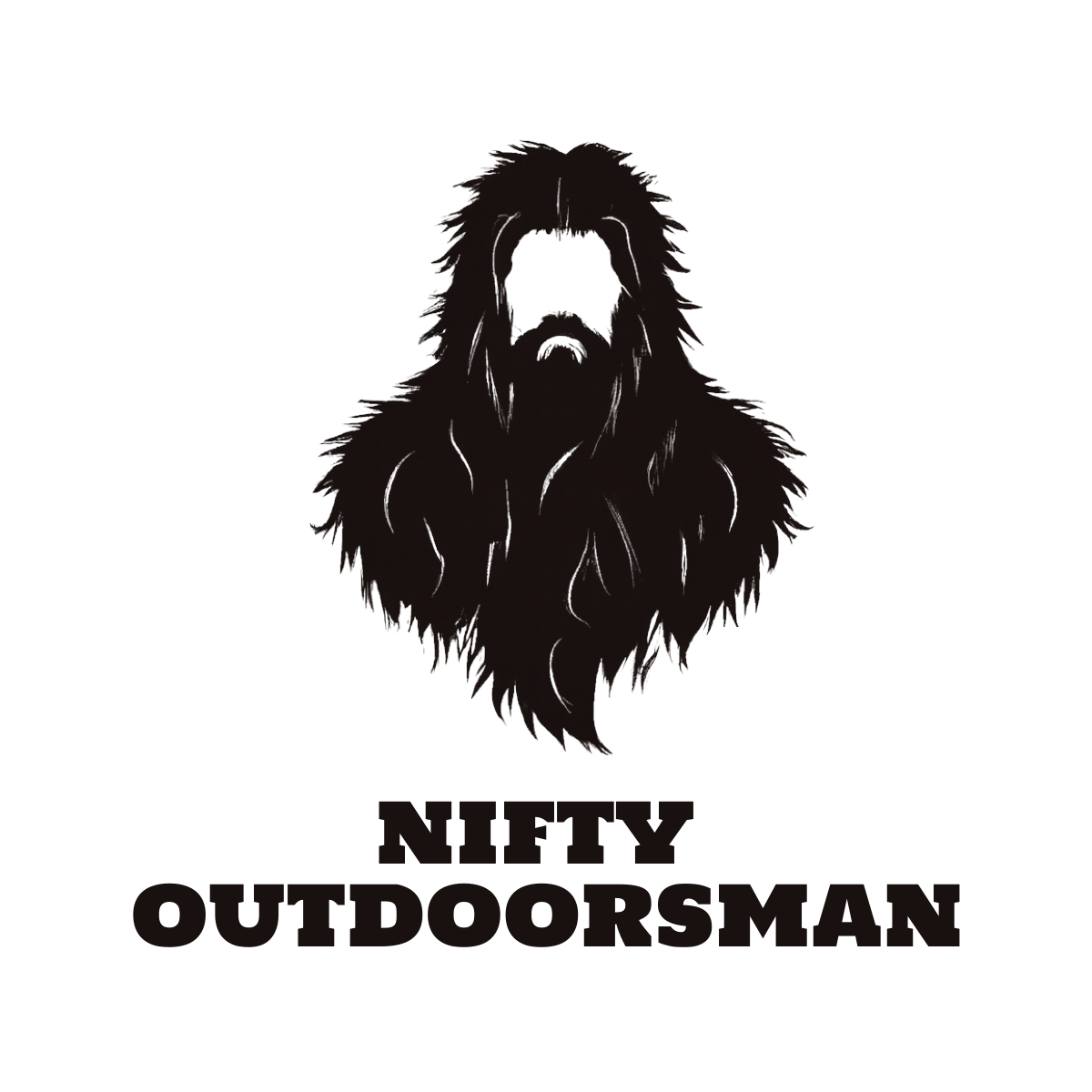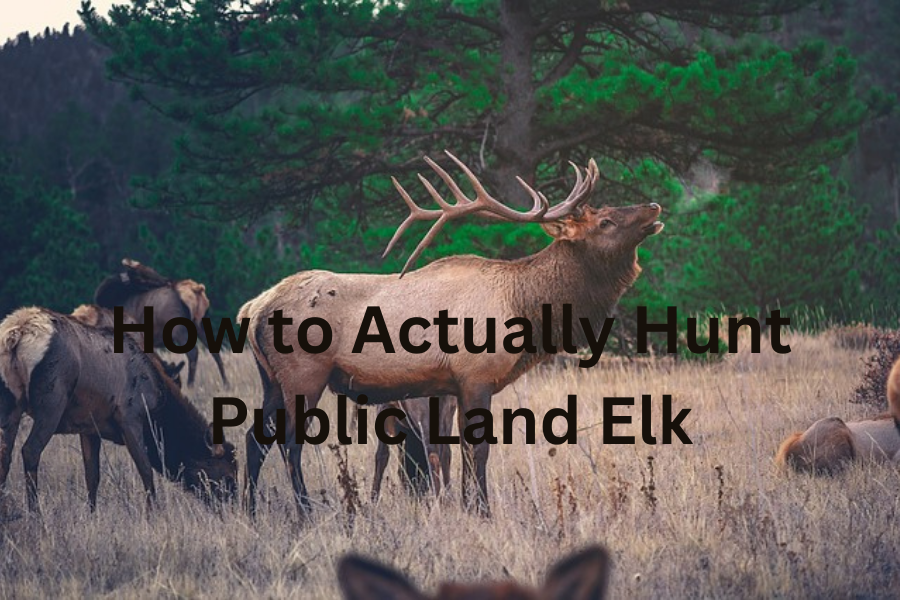Public land elk hunting can be one of the most difficult hunts. This is because there are so many hunters in the same area you are, and elk are just hard to kill. So in this article, we will cover the tips and tricks to help make you a more successful high-pressure public land elk hunter.
Checking the wind
After many years of elk hunting, I have learned that consistently checking the wind is one of the most important things you can do. Elk rely on their noses more than any other sense they have, so it would make sense that checking the wind is of the utmost importance.
In the mountains, the wind is often swirling which is to the elk’s advantage as they can sense predators from many different directions. This is especially true on benches, drainages, or any form of topography that breaks up the normal slope of a mountain.

In red: an example of a drainage
Use the consistent winds of the mountain slopes to your advantage by staying 300-500 yards from the area you believe the elk to be. This will let you wait for the correct wind before you approach an area and listen for any potential elk vocalizations that might occur in that area.
As soon as you get the correct wind, move into the area you believe the elk to be. Because many hunters do not check their wind when elk hunting doing so will give you a huge advantage over any other hunter in the area.
Use the pressure to your advantage
If you are hunting public land, undoubtedly there will be pressure from other hunters, hikers, and grazing animals. However, you can use this to your advantage so you can kill more elk.
Firstly let’s cover how other hunters pressure elk. Most of the time, when hunters are looking for elk, they are not paying attention to the wind or they are just calling their heads off looking for a response. This will drive the elk into deeper and darker areas where they are inaccessible. Getting ahead of the pressure and waiting for the elk to come by can be very effective.
An instance would be if you were to get to a trailhead and setup ahead of where the other hunters will be that day by half a mile, with good wind of course, then you can simply wait for the other hunters to drive the elk your way.
One thing you should keep in mind is that some elk will get into areas where they cannot be killed. In which case, I have found it is best to find new unpressured elk in a different area rather than waiting for one to leave the safety of their bedding area.
Another thing that most hunters don’t think about is how grazing animals will drive elk out of an area. I have seen many instances where cattle drive elk out of an area by outcompeting them for food. Cattle also mean humans which elk don’t want anything to do with. Luckily this means that you can search areas by where the cattle are and often find where the elk have retreated to. Most of the time they will be unpressured as lots of people will see cattle in an area and not think to hunt nearby and rather opt to leave the area altogether.
Everyone has the same map
With the advancements in satellite imagery and access to satellite imagery, you have to understand that everyone can see the same thing you do.
When you think you find a good elk hunting spot that is not far from a trail, has a north-facing slope for elk to bed on, and has lots of meadows nearby, you have to remember everyone else scouting that can see the same thing. Everyone with Google Earth, OnX, Gohunt Maps, etc, can see the same things you can. This means that you will have to deal with competition in that spot that looks great on the map.
The nice part is that this means people will focus their attention on the areas that look good and not the areas that look mediocre. This can mean you don’t have to walk as far to find elk or even climb super steep mountains as everyone talks about. The truth is the most overlooked places are usually not far from roads and trails and are easy to find.
Calling
Now when most elk hunters start calling, they do it completely wrong. This is because they try to call elk as they see on TV and not how elk actually call.
If you run through the woods without a care calling a bunch, you will be doing more harm than good. You will spook all the elk and ruin your area for yourself and likely everyone else for the rest of the season.
Rather than calling frequently and moving, call infrequently in the same spot and wait. Wait 30-40 minutes before moving to the next spot. Elk on public land often move quietly and may take their time in coming to your calls.
So instead of bulging and cow calling and making as many vocalizations as you can, try only a few soft cow calls in the area you suspect the elk are in and wait.
Final words
Before you head out into the woods just know that you are gonna deal with competition. These are public lands after all. So don’t be surprised when your best spot gets flooded with hunters during season.
Keep in mind that you probably have screwed up just as many of other people’s hunts as they have to you. So use your head, have some basic etiquette, and be smart about how you hunt. Don’t go screaming through the woods with your calls thinking you’re gonna figure something out no one else has. And remember that the public land is just as much yours as it is everyone else’s so treat it like it’s someone else’s land and don’t ruin other people’s fun.

